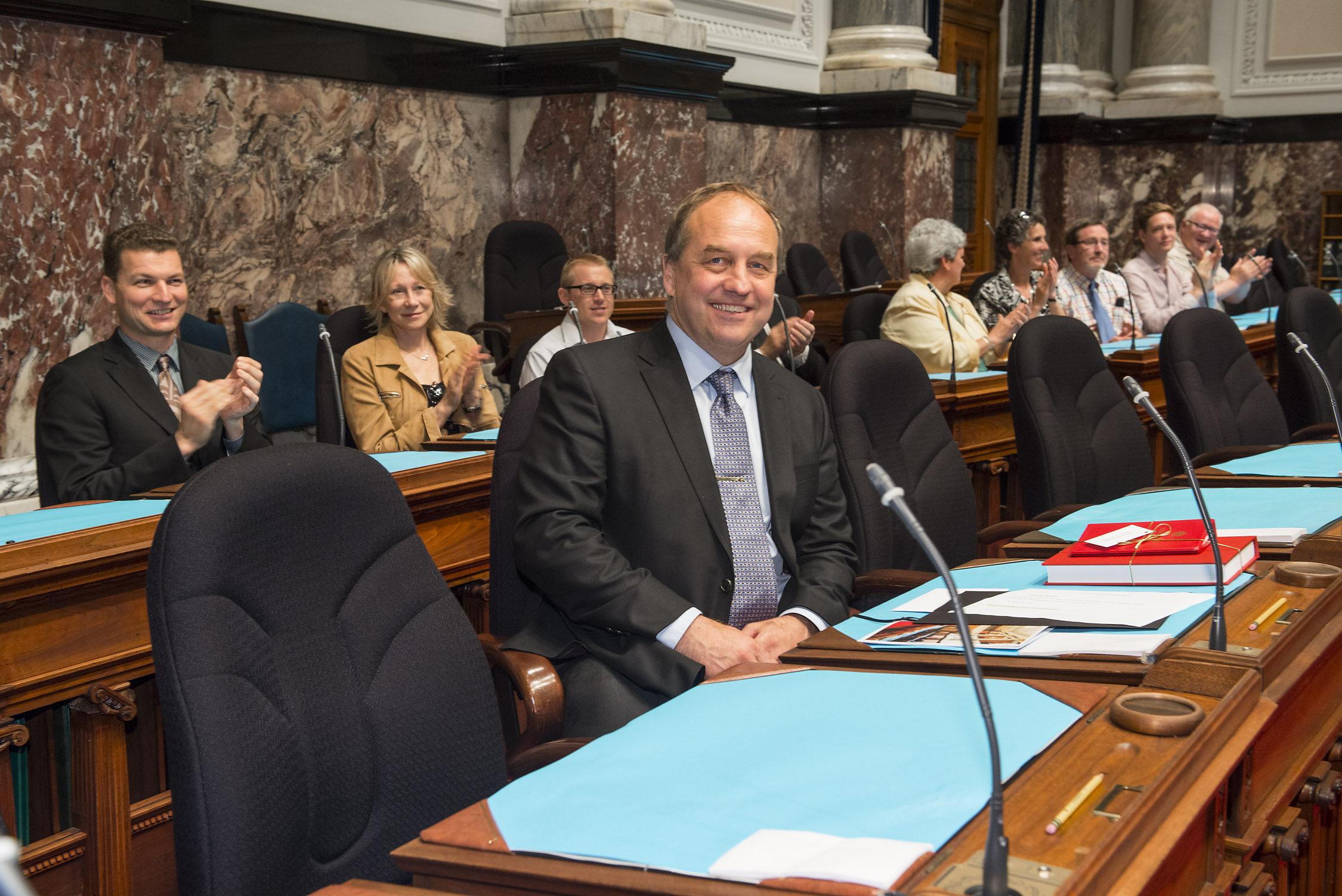Seeking Clarity on the Standing Orders
On Thursday, October 23 I rose in the house on a point of order. As you will see from the exchange below, there were some inconsistencies with respect to whether or not a member who moves an amendment at 2nd reading can return to speak on the original motion once the amendment has been dealt with (i.e. passed or defeated). The standing orders are certainly not clear on this except with respect to reasoned amendments.
Here is the exchange in the house. This exchange will be viewed as precedent setting and will be used as guidance in the application of the standing orders.
Point of Order
A. Weaver: I stand on a point of order.
Deputy Speaker: Proceed.
Point of Order
A. Weaver: I’m standing to seek clarity from you with respect to decisions regarding the banking of time subsequent to proposing an amendment by a member of this House. There has been inconsistent application of the rulings within this Legislature over the years, and I think the Legislature and our members would benefit from some clarity from the Speaker as to whether or not, once the amendment is introduced, the person introducing the amendment may stand and speak to the original motion after the amendment has been passed or defeated.
Deputy Speaker: Thank you, Member, for your point of order. I’ll take it under advisement.Madame Speaker: Hon. Members, on Thursday, October 23rd, the member for Oak Bay–Gordon Head rose on a point of order. His question focused on whether a member speaking to a main motion who then moves a second reading amendment can regain the floor after the defeat of his or her amendment to resume speaking on the main motion on any remaining or banked time.
The Deputy Speaker took the point of order under advisement, meaning the Speaker will return later with a ruling. In fact, the Speaker did provide such an interpretive ruling on Monday, October 27th.
Speaker’s Ruling
Point of Order
(Speaker’s Ruling)
Madame Speaker: Hon. Members, on Thursday, October 23, the member for Oak Bay–Gordon Head rose on a point of order. His question focused on whether a member speaking to a main motion who then moves a second reading amendment can regain the floor after the defeat of his or her amendment to resume speaking on the main motion on any remaining or banked time.
I can confirm that earlier this calendar year one member spoke to a main motion, moved a hoist amendment, which was debated and rejected by the House, and then resumed his speech on the main motion for a few more minutes before yielding the floor.
This instance was not a common application in British Columbia or other jurisdictions. A review of records as far back as 2001 found no other instances of what appears to be members speaking twice to the main question.
Standing Order 42 confirms that a member can speak only once to a question, but our rules do not provide the required clarity on whether a member may bank time to continue main motion remarks after the disposal of an amendment.
When procedural questions arise, our standards refer us to British practice. Erskine May’s Parliamentary Practice, 21st edition, notes: “A member who moves an amendment cannot speak again on the main question after the amendment has been withdrawn or otherwise disposed of, since he has already spoken when the main question was before the House.” It’s found on page 370.
Beauchesne’s Parliamentary Rules and Forms, sixth edition, an authoritative Canadian text, repeats the practice set out in May.
These sources confirm that a member moving an amendment at second reading stage cannot resume debate on the main motion following the disposal of the amendment. To do so, in essence, is permitting the member to speak twice to the same question. Of course, the member who has spoken to the main motion and moved an amendment has opportunities to speak to any additional amendments that are subsequently proposed by other members.
In closing, I thank all members for their attention and thank the member for Oak Bay–Gordon Head for raising the question.
Comments are closed.




